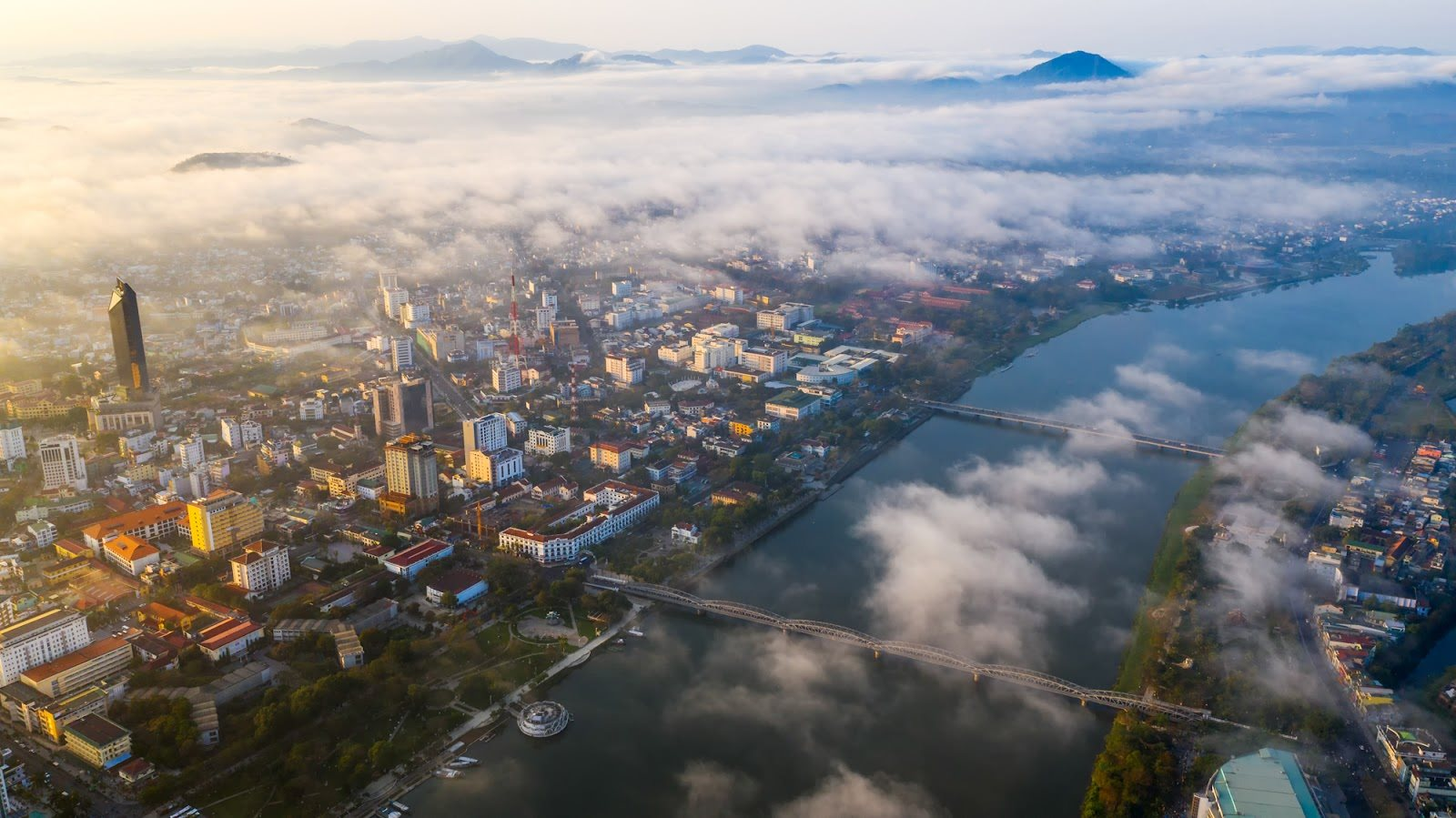
Deputy Prime Minister Nguyen Hoa Binh emphasized in his opening remarks at the conference:
“Resolution No. 54 of the Politburo on the construction and development of Thua Thien Hue province affirmed that ‘By 2025, Thua Thien Hue will become a centrally-governed city based on the preservation and promotion of the values of the ancient capital and Hue culture, with distinctive cultural, heritage, ecological, landscape, environmental-friendly and smart features.’
This proposal carries significant political weight and reflects the will, aspirations, and consensus of the people of Thua Thien Hue province. Becoming a centrally-governed city will not only provide a new impetus for the development of Hue city but also make substantial contributions to the region and the country.
After listening to the Chairman of the People’s Committee of Thua Thien Hue province, Mr. Nguyen Van Phuong, briefly present the proposal, and the Minister of Home Affairs, Ms. Pham Thi Thanh Tra, report on the appraisal of the proposal for the establishment of Hue as a centrally-governed city, affirming that the procedures, processes, and content of the proposal have so far complied with regulations. The establishment of Hue as a centrally-governed city aligns with the Party’s guidelines and the Prime Minister’s master plans.
Regarding the name, “Hue, the centrally-governed city,” it is consistent with the locality’s history and cultural traditions and has gained the consensus of the vast majority of voters, reaching 98.67% of the total voters in Thua Thien Hue province. The establishment of Hue as a centrally-governed city and the rearrangement and establishment of district- and commune-level administrative units ensure that all conditions and criteria are met.
Thua Thien Hue province has devised a plan and roadmap for reorganizing the apparatus of agencies, organizations, and units within the political system of the centrally-governed city upon its establishment. They have also arranged and addressed the issue of redundant officials, public employees, and laborers resulting from the rearrangement and establishment of district- and commune-level administrative units.
The proposal has been put up for voters’ opinions as stipulated, receiving a high consensus rate (over 98%) and has been posted on the Government Portal. The proposals garnered a 100% approval rate from delegates attending the sessions of the People’s Councils at all levels.
Based on Thua Thien Hue province’s proposal, the appraisal report of the Ministry of Home Affairs, the opinions of the members of the Appraisal Council, and the voting results of the Appraisal Council (17/17 agreed), the Appraisal Council unanimously suggested that the competent authority establish Hue as a centrally-governed city based on the administrative boundaries of Thua Thien Hue province and agreed with the proposal’s arrangement and establishment of administrative units directly under the centrally-governed city of Hue.
After its establishment, Hue will comprise nine administrative units at the district level (including two districts, three townlets, and four rural districts), 133 administrative units at the commune level (including 78 communes, 48 wards, and seven townships), and will reduce eight administrative units at the commune level.
Urgent planning to complete the criteria for a first-class urban area
Concluding the conference, Deputy Prime Minister Nguyen Hoa Binh highly appreciated the efforts and determination of the Party committees and authorities of Thua Thien Hue province and the close coordination of the Ministry of Home Affairs and relevant central ministries and agencies in building and submitting the proposal for the establishment of Hue as a centrally-governed city.
The Deputy Prime Minister requested the People’s Committee of Thua Thien Hue province to urgently plan to complete the criteria for a first-class urban area directly under the Central Government. They should devise a roadmap for apparatus reorganization, proactively and reasonably handle human resources, promptly encourage and motivate, and do well in propaganda and mobilization. They should also have policies for officials, public employees, and laborers, including the redundant ones; train and foster the team of officials, public employees, and laborers to meet the requirements of the centrally-governed city government, thus enhancing the effectiveness and efficiency of state management. They need to develop a plan for arranging, handling, and efficiently and economically using redundant headquarters and public assets in accordance with the law.
Deputy Prime Minister Nguyen Hoa Binh also requested the Ministry of Home Affairs to fully absorb the opinions of the members of the Appraisal Council, urgently complete the draft proposal and the Government’s proposal to submit to the 8th session of the 15th National Assembly in October.
According to the Master Plan for Thua Thien Hue Urban Development by 2045, with a vision to 2065, signed by Deputy Prime Minister Tran Hong Ha, the city of Hue (after becoming centrally-governed) will have a natural area of 4,947.10 km2 and a population of 1,380,000 people. It will comprise nine administrative units, including two districts, three townlets, and four rural districts, with 131 commune-level administrative units (73 communes, 51 wards, and seven townships) (reducing 22 communes and increasing 12 wards).
With this area, the future city will be larger than the current five centrally-governed cities.
A centrally-governed city has a natural area of 1,500 km2 or more.
According to the General Statistics Office, the natural areas of the five centrally-governed cities are as follows: Hanoi – 3,359.82 km2, Hai Phong – 1,526.52 km2, Da Nang – 1,284.73 km2, Ho Chi Minh City – 2,095.39 km2, and Can Tho – 1,440.40 km2.















